Kerala Ayurveda Chyawanprash
Kerala Ayurveda Chyavanprash builds a robust immunity system. This Ayurvedic chyawanprash Supplement builds strength, stamina, energy, and immunity, and enhances longevity. It has wild Amla, Raisins, Pippali, Ashwagandha, Shatavari, and Giloy and is free from artificial sugars.
Benefits
- Strength & stamina
- Builds immunity
- Enhances longevity
- Protects from illness
$31.94
United States dollar ($) - USD
-
United States dollar ($) - USD
-
Euro (€) - EUR
-
Pound sterling (£) - GBP
-
Australian dollar ($) - AUD
-
Canadian dollar ($) - CAD
-
Singapore dollar ($) - SGD
-
Swiss franc (CHF) - CHF
-
Malaysian ringgit (RM) - MYR
-
United Arab Emirates dirham (د.إ) - AED
-
Bahamian dollar ($) - BSD
-
Egyptian pound (EGP) - EGP
19
People watching this product now!
Description
Description
Kerala Ayurveda Chyavanprash is a time-tested Ayurvedic health supplement that helps improve immunity, boost strength, and enhance longevity. It uses a traditional recipe. It has herbs, fruits, and spices, such as Amla, Ashwagandha, Guduchi, and Shatavari. Chyavanprash is rich in antioxidants and essential nutrients that help support the immune system, increase energy levels, and promote overall well-being.
Chyavanprash is a traditional Ayurvedic health supplement made from various herbs and fruits. This herbal supplement is natural and safe to consume for all ages and the formulation used in Ayurveda for thousands of years. Its immune-boosting properties add to your longevity when consumed daily.
The recipe for Chyavanprash is age-old for generations who used the original recipe from the ancient Ayurvedic text, called Ashtanga Hridayam. It is the original immunity-building formulation for your entire family and each member can consume it in all seasons. It increases immunity, improves strength, and helps gain longevity.
This stamina booster for men, women & kids has no added artificial sugar. It is free from preservatives and additives. The Ayurveda product uses wild amlas from Chhattisgarh and pippali from Bengal and Assam. It gets its raisins from Afghanistan. The other ingredients are jaggery and wild, unprocessed honey to sweeten.
Derived from the ancient Ayurvedic text- Ashtanga Hridayam, it is the age-old energy booster Chyavanprasha recipe. It has stamina-pro herbs, and the most ideal immunity boosters for adults and kids.
It is a 100% herbal and natural Ayurveda product and an original Ayurveda Chyawanprash with no added fragrance or Color. It has no chemical, paraben, mineral oil, or petroleum by-products.
Usage
Individuals can consume twice Kerala Ayurveda Chyawanprash daily throughout the year. You can follow it with a glass of milk to improve its efficacy for maximum effect. For vegan, lactose-intolerant/ sensitive, you can avoid milk. Consume it with a tepid glass of water.
- Children aged 3 to 5 years – One-fourth teaspoon
- Aged 6 to 12 years – 1/2 tsp
- Above 12 years of age – 1 teaspoon.
Key Features
- Kerala Ayurveda proprietary original formula
- 100% Herbal and Natural
- Improves Immunity and boosts stamina
- Increases strength and stamina
- Protects from illness and diseases
- Increases energy and remains energetic all day
Additional information
Additional information
| Key Ingredients |
Pippali (Piper longum) ,Svadamstra (Tribulus terrestris) ,Sringi (Pistacia integerrima) ,Tamalaki (Phyllanthus Amarus) ,Draksha (Vitis Vinifera) ,Abhaya (Terminalia Chebula) ,Amrutha (Tinospora Cordifolia) ,Shati (Kaempferia Galanga) ,Amla (Indian Gooseberry) |
|---|---|
| Item Form |
Paste |
| Net Quantity |
500mg |
| Package Information |
Bottle |
Brand
Brand
Kerala Ayurveda
Reviews (0)
Rated 0 out of 5
0 reviews
Rated 5 out of 5
0
Rated 4 out of 5
0
Rated 3 out of 5
0
Rated 2 out of 5
0
Rated 1 out of 5
0
Be the first to review “Kerala Ayurveda Chyawanprash” Cancel reply
Online Sports Nutrition and Natural Dietetics.
Chances are there wasn't collaboration, communication, and checkpoints, there wasn't a process agreed upon or specified with the granularity required. It's content strategy gone awry right from the start. Forswearing the use of Lorem Ipsum wouldn't have helped, won't help now. It's like saying you're a bad designer, use less bold text, don't use italics in every other paragraph. True enough, but that's not all that it takes to get things back on track.
The villagers are out there with a vengeance to get that Frankenstein
You made all the required mock ups for commissioned layout, got all the approvals, built a tested code base or had them built, you decided on a content management system, got a license for it or adapted:
- The toppings you may chose for that TV dinner pizza slice when you forgot to shop for foods, the paint you may slap on your face to impress the new boss is your business.
- But what about your daily bread? Design comps, layouts, wireframes—will your clients accept that you go about things the facile way?
- Authorities in our business will tell in no uncertain terms that Lorem Ipsum is that huge, huge no no to forswear forever.
- Not so fast, I'd say, there are some redeeming factors in favor of greeking text, as its use is merely the symptom of a worse problem to take into consideration.
- Websites in professional use templating systems.
- Commercial publishing platforms and content management systems ensure that you can show different text, different data using the same template.
- When it's about controlling hundreds of articles, product pages for web shops, or user profiles in social networks, all of them potentially with different sizes, formats, rules for differing elements things can break, designs agreed upon can have unintended consequences and look much different than expected.
This is quite a problem to solve, but just doing without greeking text won't fix it. Using test items of real content and data in designs will help, but there's no guarantee that every oddity will be found and corrected. Do you want to be sure? Then a prototype or beta site with real content published from the real CMS is needed—but you’re not going that far until you go through an initial design cycle.

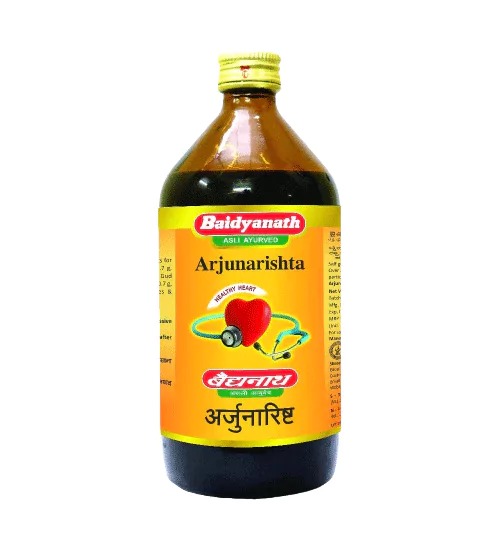
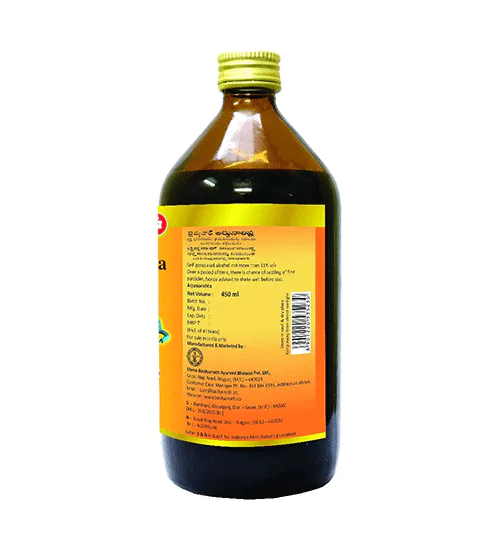
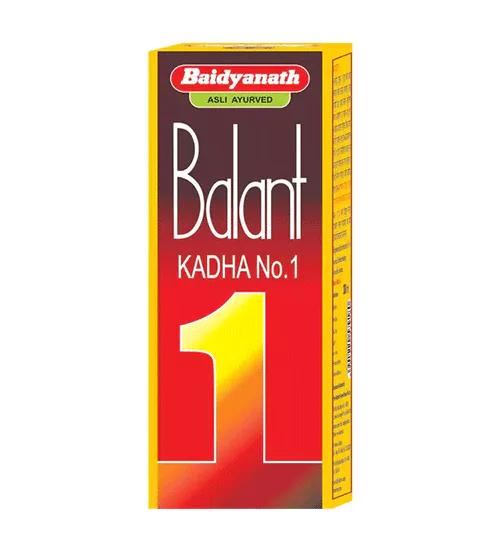
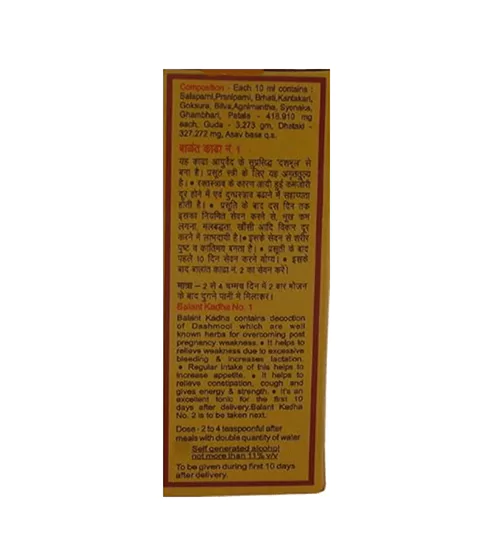
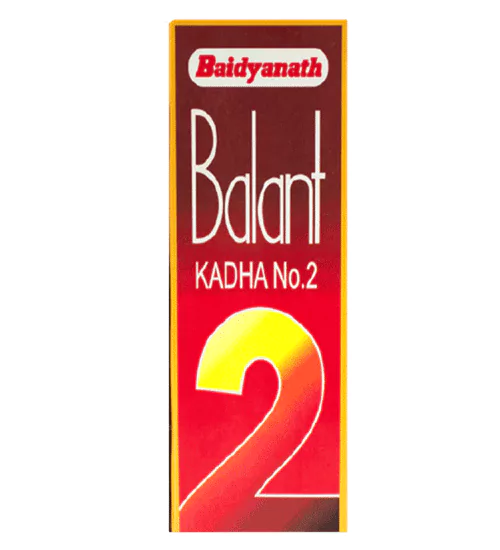



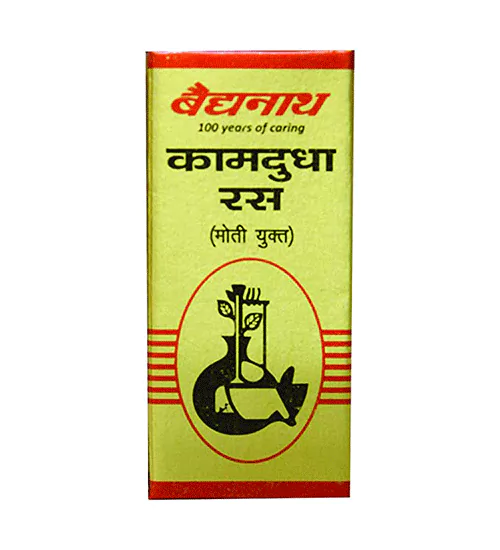
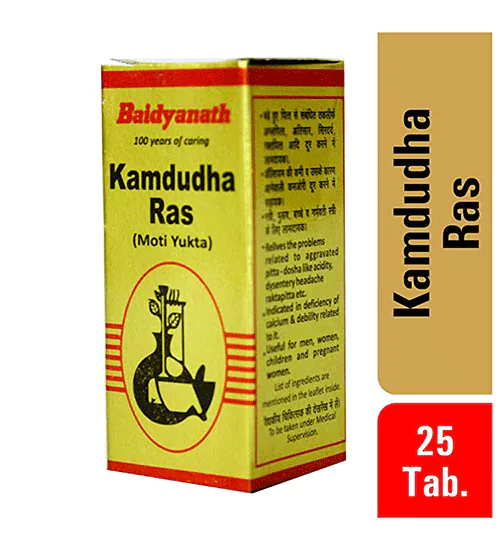
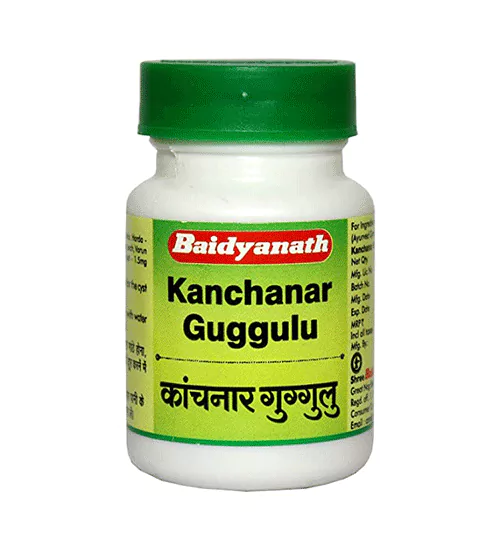
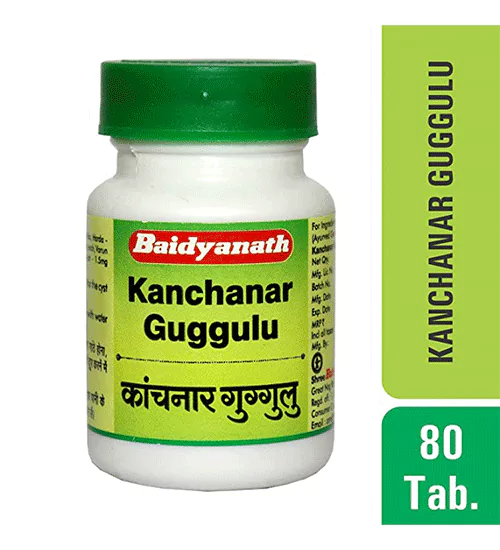
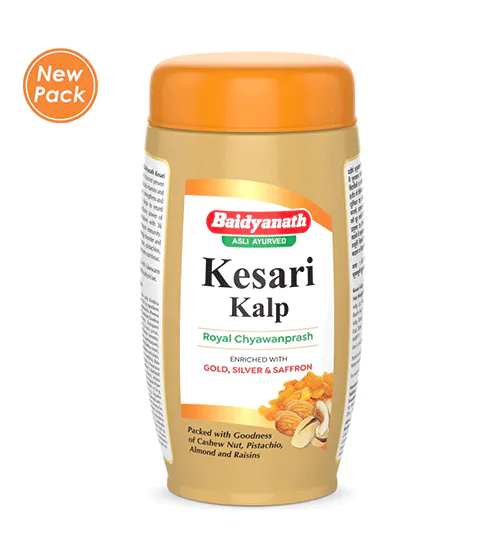
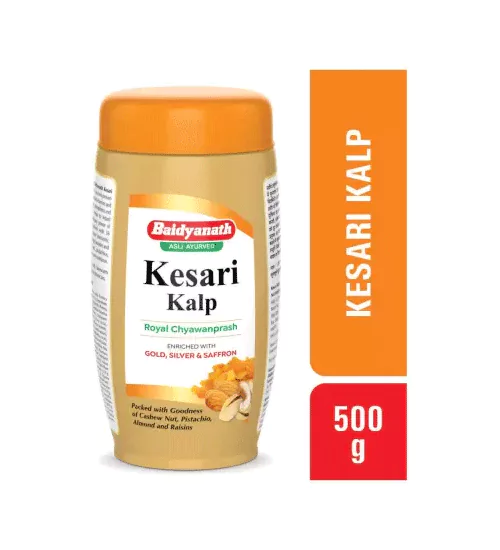
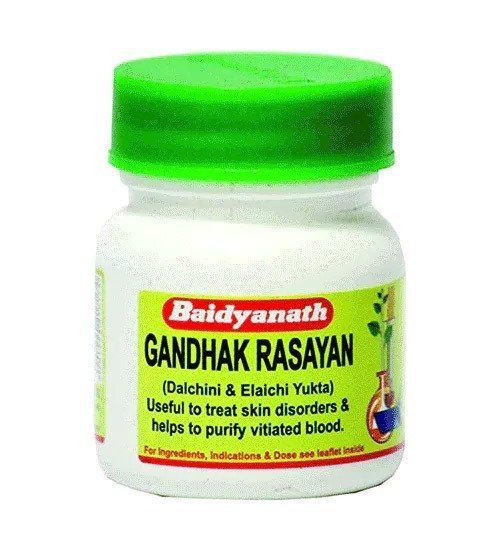
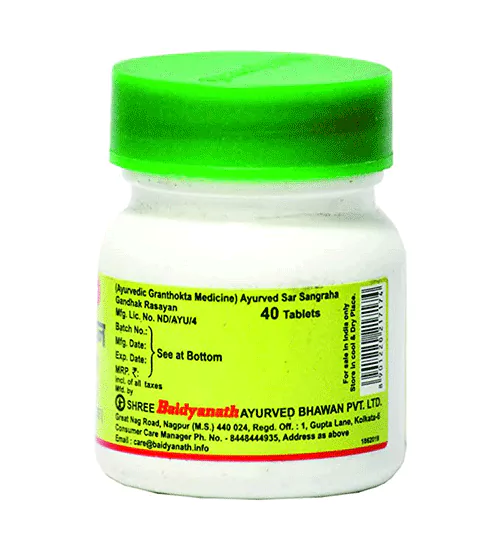

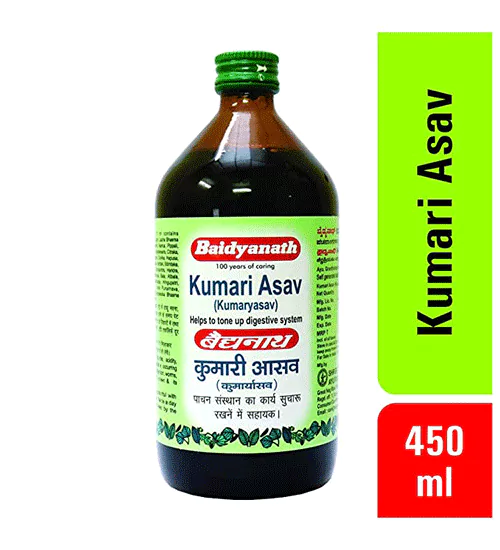
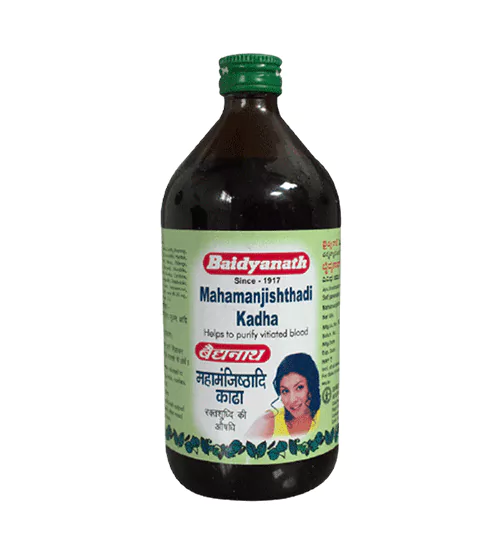
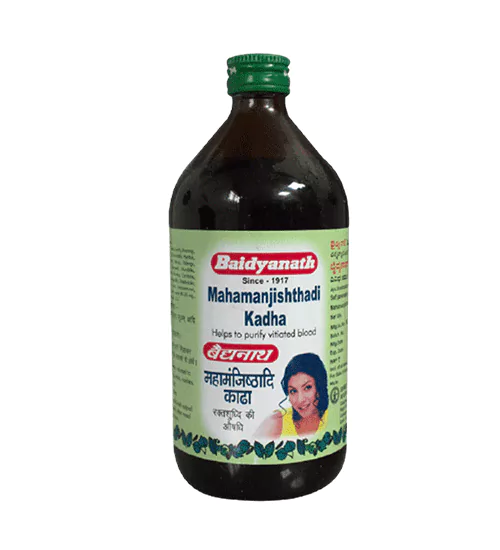
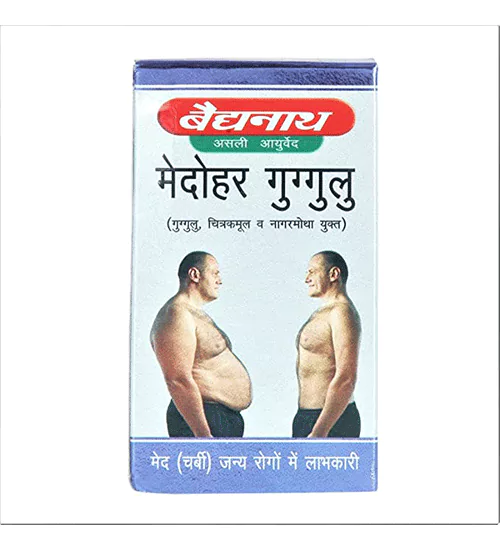
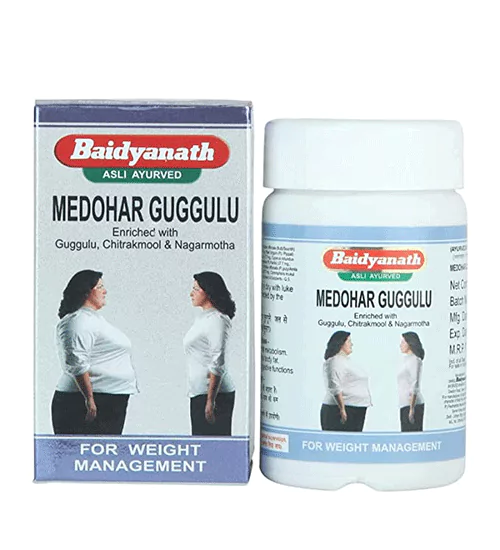
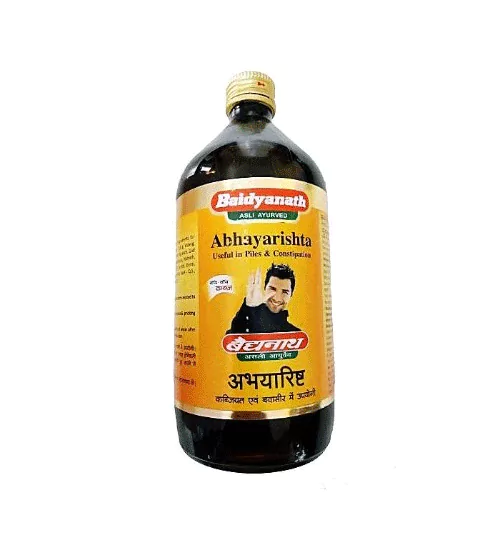
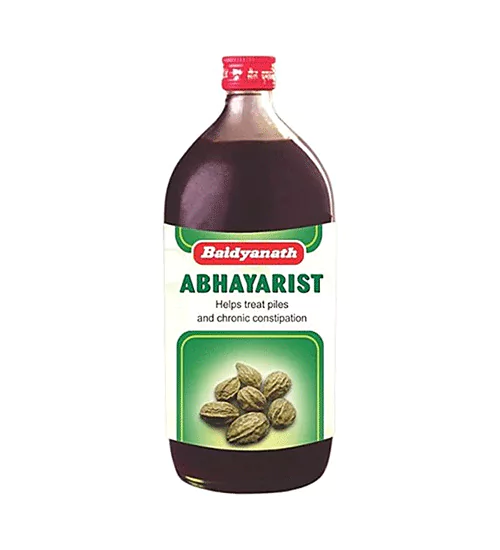
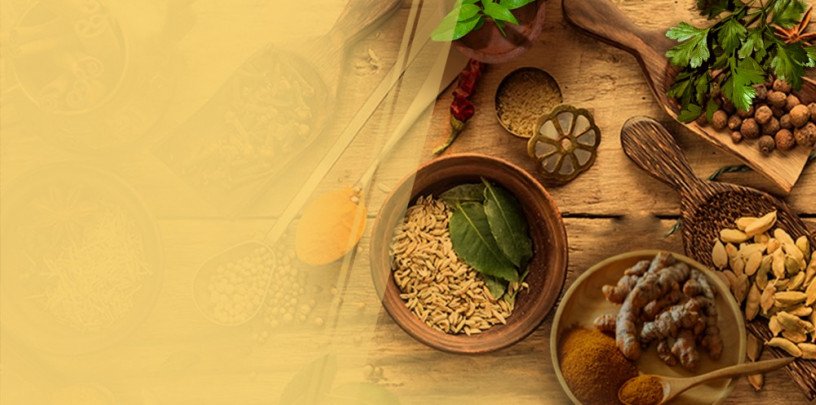
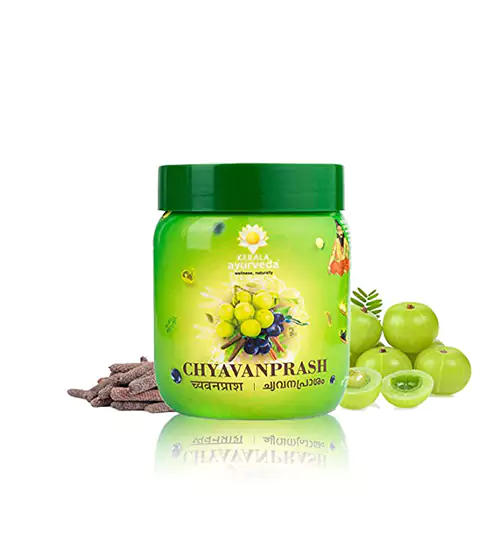
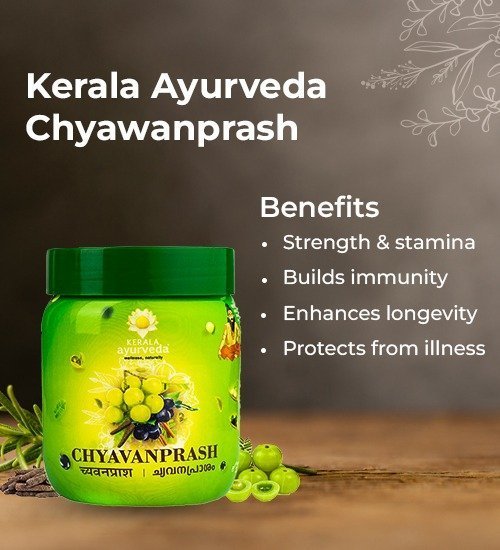

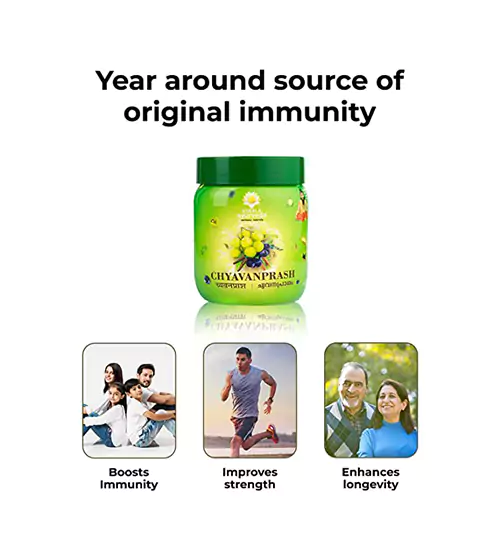
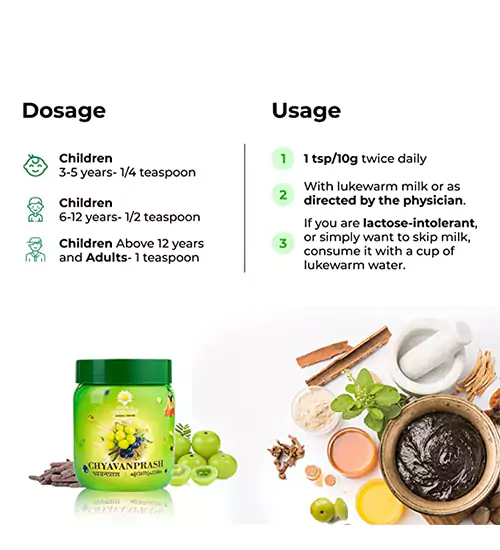
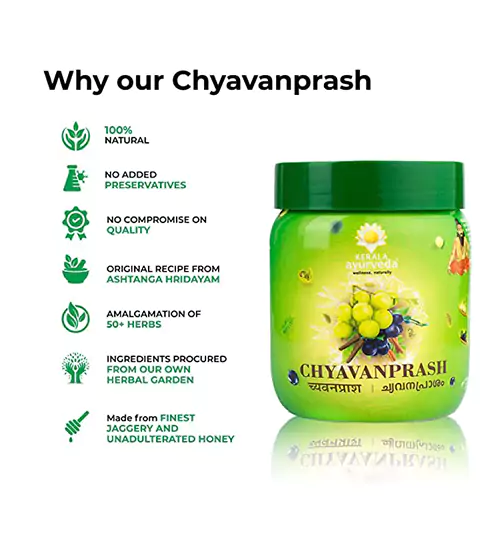

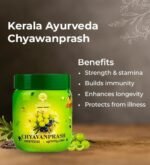




Reviews
Clear filtersThere are no reviews yet.